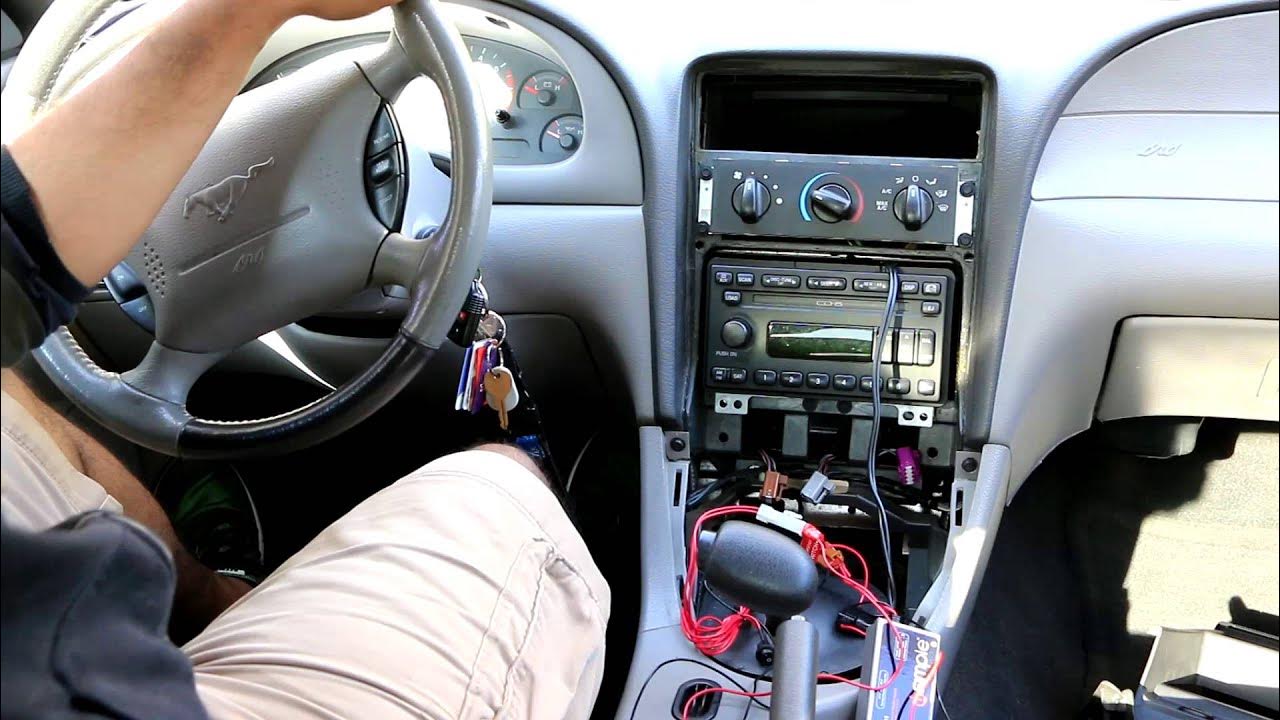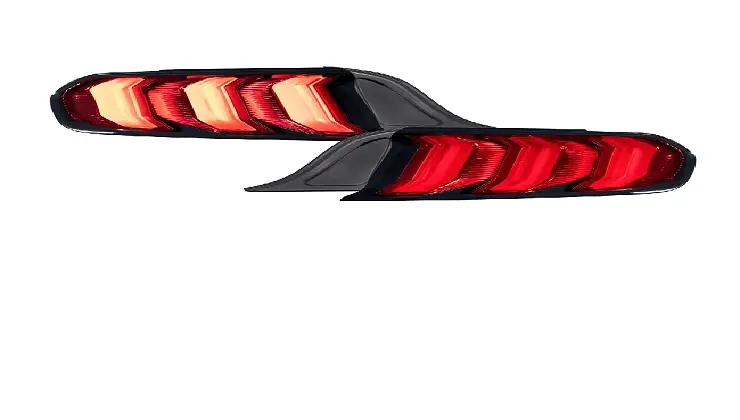A car’s electrical system is a complex network of wires, circuits, and components that all work together to power the vehicle. One of the most critical components in this system is the battery, which provides the necessary electrical energy to start the engine and power other electrical systems. However, sometimes you may experience an issue where there’s no spark when connecting battery.
In this article, we’ll explore the causes of this problem, how to troubleshoot it, and possible solutions.
Contents
What does “no spark when connecting battery” mean?
Before we dive into the causes of the problem, let’s first define what we mean by “no spark when connecting the battery.” In a car’s electrical system, a spark is produced when the battery’s positive and negative terminals are connected. This spark is crucial for starting the engine, and without it, the engine won’t start. So when we say there’s no spark when connecting the battery, it means the engine won’t start, or there’s no electrical power at all.
Causes of No Spark When Connecting Battery
There are several reasons why there might be no spark when you connect your car’s battery. Some of the most common causes include:
Dead battery: If your battery is dead, there won’t be enough power to start the engine, and you won’t get a spark.
Loose or corroded battery connections: If the battery connections are loose or corroded, there won’t be a good electrical connection, and you won’t get a spark.
Faulty starter solenoid: The starter solenoid is responsible for engaging the starter motor. If it’s faulty, the starter motor won’t engage, and you won’t get a spark.
Failed alternator: The alternator charges the battery and powers the electrical system. If it fails, the battery won’t be charged, and you won’t get a spark.
Blown fuse: A blown fuse can cause a variety of electrical problems, including no spark when connecting the battery.
Faulty ignition switch: The ignition switch sends power to the starter motor and ignition system. If it’s faulty, you won’t get a spark.
Short circuit: A short circuit can cause a variety of electrical problems, including no spark when connecting the battery.
Damaged wiring: Damaged wiring can cause a variety of electrical problems, including no spark when connecting the battery.
Symptoms of No Spark When Connecting Battery
Some common symptoms of no spark when connecting the battery include:
No electrical power: If you turn the key and there’s no power, there might be no spark.
Dimming headlights: If the headlights are dim when you turn the key, there might be no spark.
Clicking sound when turning the key: If you hear a clicking sound when you turn the key, there might be no spark.
Burning smell from the engine: If you smell something burning when you try to start the engine, there might be no spark.
Engine won’t start: If the engine won’t start, there might be no spark.
How to Diagnose the Problem
If you’re experiencing no spark when connecting the battery, you can try diagnosing the problem yourself. Here are some steps you can take:
Checking the battery voltage: Use a voltmeter to check the battery voltage. If it’s low, you might need to charge or replace the battery.
Testing the battery connections: Check the battery connections for looseness or corrosion. Clean or tighten them if necessary.
Inspecting the starter solenoid: Test the starter solenoid with a multimeter to see if it’s working properly. If it’s not, replace it.
Testing the alternator: Use a voltmeter to test the alternator. If it’s not charging the battery, you might need to replace it.
Checking the fuses: Check the fuses to see if any are blown. If so, replace them.
Inspecting the ignition switch: Test the ignition switch with a multimeter to see if it’s working properly. If it’s not, replace it.
Checking for a short circuit: Use a multimeter to check for a short circuit. If you find one
Checking for a short circuit: Use a multimeter to check for a short circuit. If you find one, you will need to trace the wiring and repair or replace the damaged component.
Inspecting the spark plugs and ignition system: Check the spark plugs and ignition system for wear or damage. Replace any components that are not functioning correctly.
Once you have identified the issue, you can move on to fixing it. Depending on the cause of the problem, you may need to replace a component, repair damaged wiring, or simply recharge the battery.
Fixes for No Spark When Connecting Battery
Here are some common fixes for no spark when connecting the battery:
Recharging or replacing the battery: If the battery is dead, you will need to recharge or replace it.
Cleaning or tightening the battery connections: If the battery connections are loose or corroded, clean or tighten them.
Replacing the starter solenoid: If the starter solenoid is faulty, you will need to replace it.
Replacing the alternator: If the alternator is not charging the battery, you will need to replace it.
Replacing blown fuses: If fuses are blown, you will need to replace them.
Replacing the ignition switch: If the ignition switch is faulty, you will need to replace it.
Repairing or replacing damaged wiring: If there is damaged wiring, you will need to repair or replace it.
Replacing the spark plugs or ignition system: If the spark plugs or ignition system are worn or damaged, you will need to replace them.
In some cases, it may be necessary to take your car to a professional mechanic to diagnose and fix the issue.
How to Prevent No Spark When Connecting Battery
To prevent no spark when connecting the battery, you can take the following steps:
- Check battery connections for corrosion and looseness.
- Maintain the battery by checking the water level, voltage, and keeping it clean and dry.
- Test the alternator and listen for unusual noises.
- Inspect fuses for damage and replace any blown fuses.
- Inspect wiring for damage and repair or replace as needed.
- Use high-quality parts that are designed for your vehicle.
- Follow the manufacturer’s maintenance schedule and have the vehicle inspected regularly by a mechanic.
By following these steps, you can help ensure your vehicle starts smoothly every time and avoid potential breakdowns and costly repairs.
FAQs
Q: How often should I replace my spark plugs and wires?
A: It is recommended to replace your spark plugs and wires every 30,000 to 50,000 miles.
Q: Can a bad ignition coil cause other problems?
A: Yes, a bad ignition coil can cause other problems, such as engine misfires, decreased fuel efficiency, and a rough idle.
Q: Can I jump-start my car if there’s no spark?
A: No, if there’s no spark, jump-starting the car won’t work. You’ll need to address the no spark issue before the car can be started.
Q: Can a bad alternator cause a no-spark condition?
A: No, the alternator is responsible for charging the battery, not generating a spark.
Q: Can I drive my car with no spark?
A: No, you can’t drive your car with no spark because the engine won’t start.
Conclusion
A no-spark situation when connecting the battery can be a frustrating problem, but with the right troubleshooting and repair techniques, it can be fixed. By following the steps outlined in this article, you should be able to identify the root cause of the issue and take the necessary steps to fix it. Remember to regularly maintain your car’s electrical system to prevent this problem from happening again.





